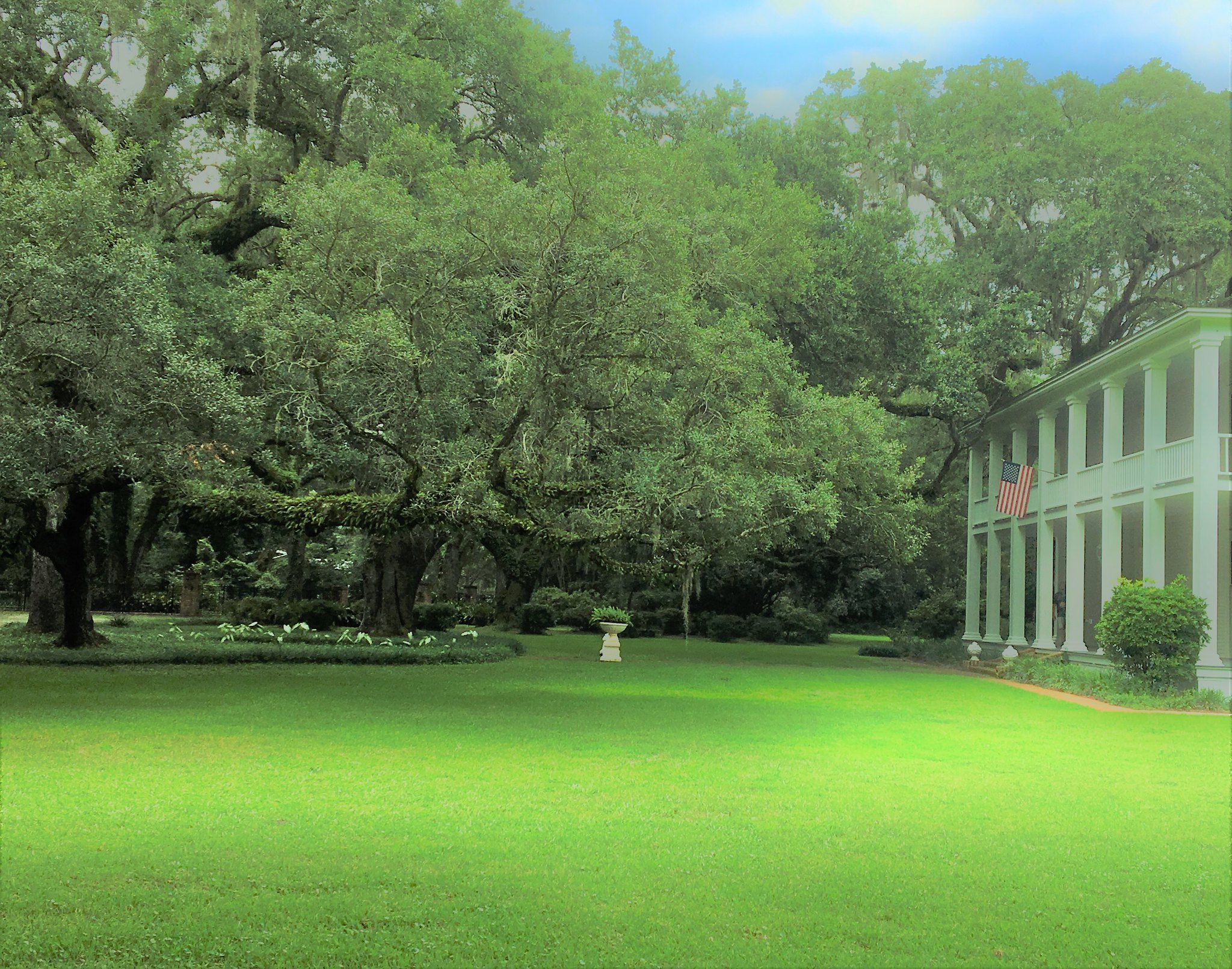Photo Credit: Fickr | Olin Gilbert | CC BY 2.0
Southern lawns are a thing of beauty, but it isn’t easy to keep them looking so pristine. They tend to require more fertilizer, have more insect and disease problems, and are more expensive to seed and establish.
That doesn’t mean they aren’t worth the work, though!
So, let’s talk about why they’re more challenging to maintain and some of the best warm-season grasses to grow.
What You Need to Know About Warm-Season Grasses
There are significant differences between warm-season and cool-season grasses, and if you’re looking to plant a new yard, you must understand them.
Warm-season grasses grow primarily across the southern United States and parts of the transition zone. (Which is that overlap across the middle of the country where North meets South.) They are adapted to high temperatures and dry periods, loving climates where summers are scorching hot, and winters typically don’t see any snow.
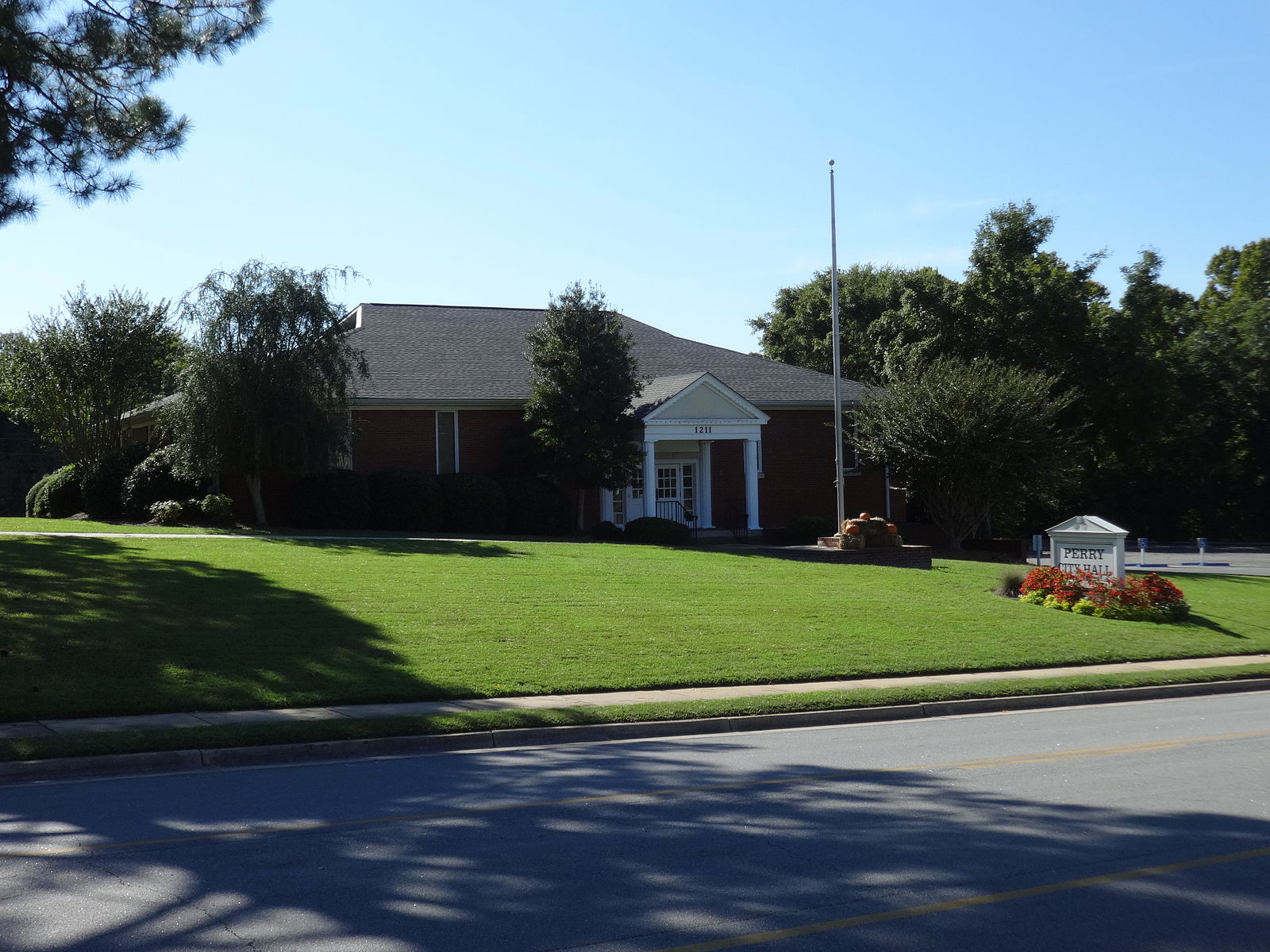 Photo Credit: Wikimedia Commons
Photo Credit: Wikimedia Commons
Warm-season turfgrasses have the following common characteristics:
- They don’t start growing in the spring until the soil reaches 50°F and air temperatures are between 60 and 65°F.
- Growth is slow when temperatures are cooler. They grow the most when it’s 85 to 95°F.
- To survive these higher temperatures, they change how they photosynthesize. They speed up photosynthesis to better use nitrogen (N) and phosphorus (P).
- The grass blades turn brown and go dormant when it gets too cold. They’ll stay brown until temperatures warm up.
We typically plant cool-season grasses here in the North. They are better adapted to temperate summers and freezing cold winters.
Challenges of Growing Warm-Season Grasses
Even though these warm-season grasses are great for the warmer southern climates, they can be more demanding and harder to grow than warm-season types.
Increased Insect and Disease Problems
Warm-season grass types are more inherently prone to problems with heat and humidity than their cool-season counterparts. This may be due partly to genetics, but it also is related to climate. Heat and humidity are two of the most significant contributors to problems in turf, especially fungal diseases.
They’re Sensitive to Winter Dormancy
Even though they grow in climates where there isn’t usually snow, warm-season grasses typically go dormant during the winter months. This means your yard may be brown and shabby-looking. Since the lawn won’t be hidden by snow, you either have to overseed using a cool-season turfgrass or look out your window and stare at brown grass for the winter months.
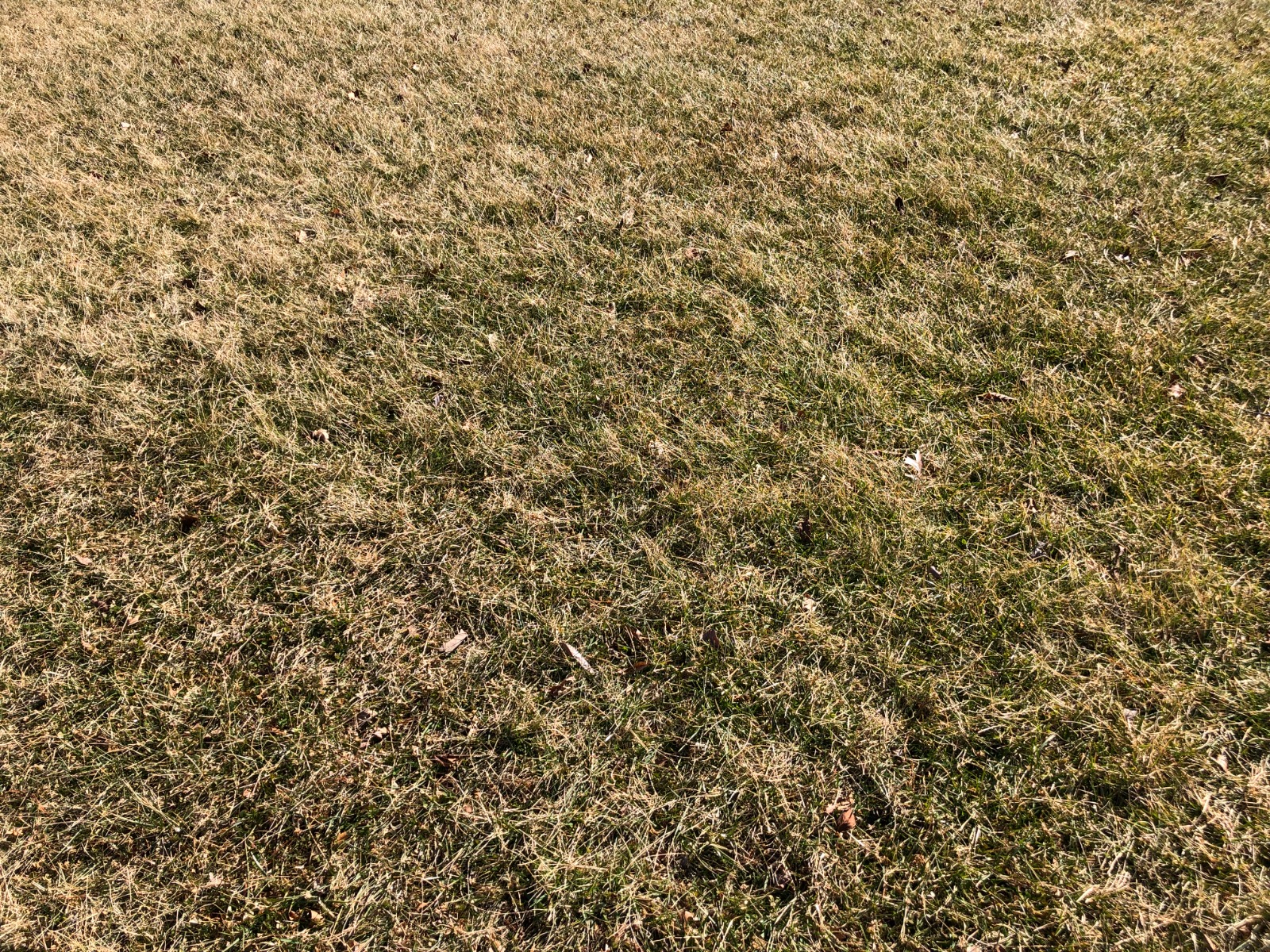 Photo Credit: Wikimedia Commons
Photo Credit: Wikimedia Commons
Plus, they don’t have the same cold tolerance as cool-season grasses. For homeowners further North, the winter dormancy period is much longer than if you’re growing Kentucky bluegrass or fescue.
They Need More Fertilizer
Many warm-season grasses need to be fertilized four times a year. This means you’ll either need to pay your lawn care company for four separate fertilizer applications or you’ll have to pull out your spreader fairly regularly to keep your grass green and beautiful.
On the other hand, you typically feed cool-season lawns two or three times a year. Once in the spring and once again come fall.
Seed Mixes Aren’t Readily Available
One of the great things about cool-season grasses is you readily find seed blends that help you tailor grass seed to your specific growing conditions. Take our Sun & Shade Turf Mix and Speedy Green Turf Mix.
They blend different types of cool-season grasses so you can grow a beautiful lawn in mixed sun/shade conditions.
You may also see better insect and disease tolerance because of the greater genetic diversity in these blends. It’s similar to offering a buffet-style dinner—you’ll likely appease more people because of the broader selection.
However, warm-season grasses aren’t typically offered in seed blends. You may be able to find a mix containing different Bermudagrass cultivars, but you won’t see various grasses mixed together. This is because there is such a difference in the physical characteristics (color, texture, thickness, etc.); these differences make it more challenging to put together a blend that looks good when it grows.
This ultimately means it’s much more challenging to find grass to grow in mixed conditions. If you have a yard that’s a blend of sun and shade, you either need to go with full-sun grass and have lackluster growth under your trees or choose a grass for the shade that won’t grow as well out in the open.
Lawns are More Expensive and Slower to Establish
Lastly, warm-season lawns are more expensive and take longer to establish than northern varieties.
In some cases, like Zoysiagrass and St. Augustine grass, you can’t buy seed at all and have to spend the money on sod or plugs to start a new lawn.
Many of the seed types are priced higher because of the genetic breeding that has gone into creating improved turf cultivars. And many warm-season grasses take much longer to germinate and establish a nice, thick lawn. You can expect it to take two years for your yard to reach its maximum growth potential.
Best Warm-Season Grasses for the South
The following seven grasses thrive in warm temperatures to create beautiful lawns. If you’re interested in planting warm-season grass, look through the information for each one. They all have slightly different characteristics.
Bahiagrass (Paspalum notatum)
Bahiagrass comes in second behind St. Augustine as the most common turfgrass across most of the South. It thrives in low-fertility soils and has incredibly low maintenance needs. Some homeowners love having a low-maintenance, low-input turf.
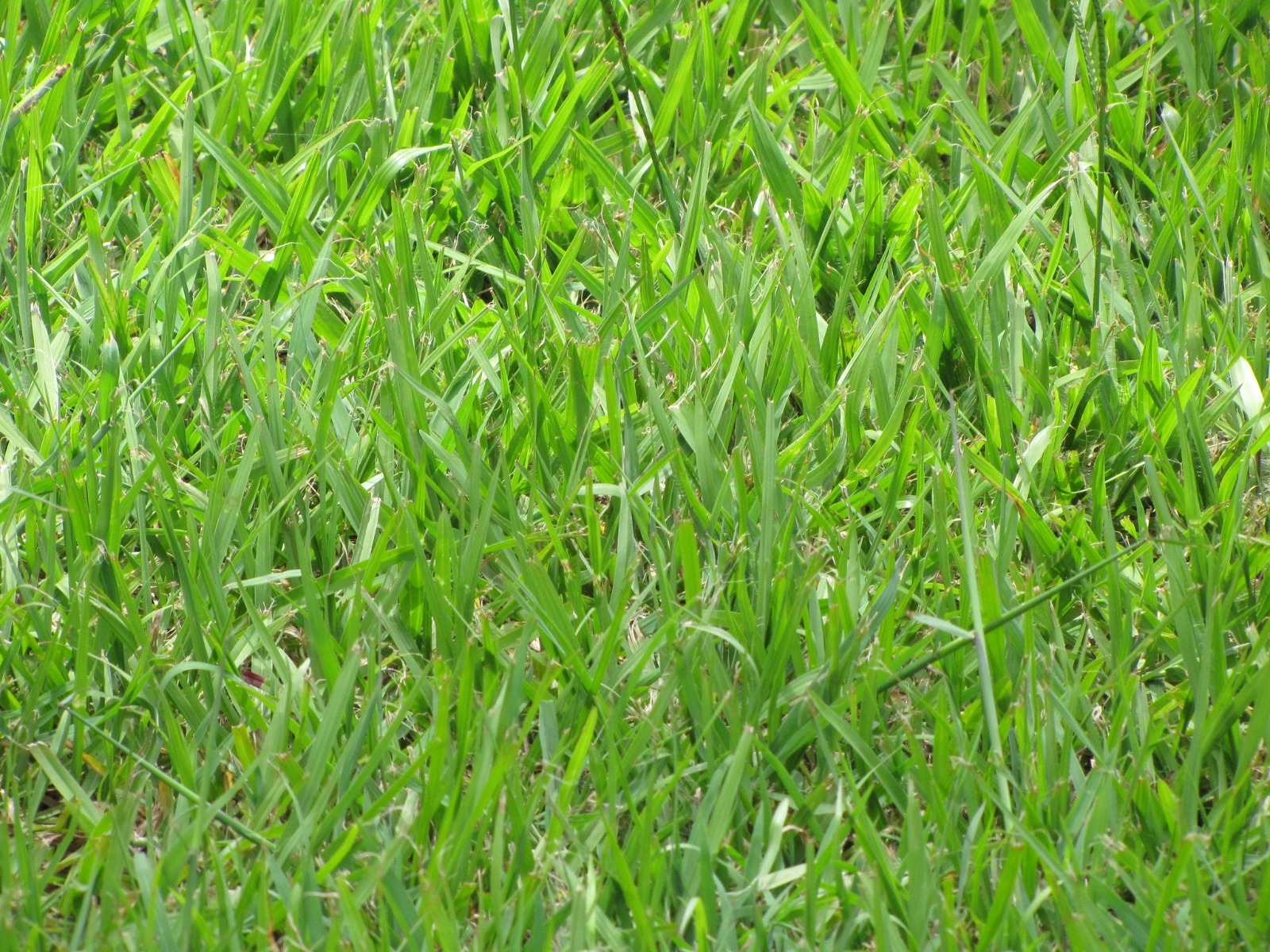 Photo Credit: Flick | Forest and Kim Starr | CC BY 2.0
Photo Credit: Flick | Forest and Kim Starr | CC BY 2.0
That said, Bahia is mainly used as a pasture grass in many parts of the country because of its excellent hay production, but select varieties are well-suited for growing as turf.
Bahiagrass grows best in full sun and prefers acidic, sandy loam soils. It spreads mainly via underground rhizomes, which give it excellent drought tolerance but make it so it doesn’t form a dense, carpet-like grass that other warm-season grasses do. If you’re looking for a picturesque thick lawn, you’ll want to steer clear of Bahia.
It’s important to note that Bahiagrass goes dormant during extended droughts, and as a pasture grass, the tough stems are hard on your mower blades. You’ll need to sharpen them regularly.
- Color: Vibrant green
- Shade Tolerance: Moderate
- Drought Tolerance: High
- Foot Traffic Tolerance: High
- Spreads By: Above-ground stolons and below-ground rhizomes
- Recommended Mowing Height: 3 to 4 inches
- Maintenance Needs: Low
Bermudagrass (Cynodon dactylon)
Bermudagrass is a non-native plant considered one of the most severe weeds in agriculture across the globe. However, it creates a beautiful light-green or silvery-green turf when maintained properly. Plus, it has fantastic tolerance to foot traffic—and recovers quickly from damage—so it’s used widely for golf course fairways and sports fields.
There are two broad categories of Bermuda to choose from: common and hybrid. Hybrids are bred to have better drought and wear tolerance, but they require more maintenance than many homeowners want to do. They’re more popular for athletic fields and golf courses. Many homeowners choose improved common varieties that still provide a beautiful, hardy lawn without needing as much care.
The improved common types need to be mowed once or twice a week, fertilized about four times a year, and irrigated when rainfall is low and temperatures are high.
- Color: Light green to gray/silver green
- Shade Tolerance: Poor
- Drought Tolerance: High
- Foot Traffic Tolerance: High
- Spreads By: Above-ground stolons and below-ground rhizomes
- Recommended Mowing Height: ½ to 2 ½ inches
- Maintenance Needs: High
Buffalograss (Bouteloua dactyloides)
Buffalograss is rightly named as it is native to the North American prairies and a staple of buffalo diets. It is one of the few native grasses suitable for lawn use. Like Bahiagrass, it is adored by southern homeowners because of its low-maintenance needs.
 Photo Credit: Pixnio | Titus Tscharntke |CC0
Photo Credit: Pixnio | Titus Tscharntke |CC0
The heat-resistant, drought-tolerant turf spreads quickly across your yard to create a dense, fine-textured carpet of grass. The fine texture feels soft and inviting under your bare feet. It thrives with very little water and rarely needs mowing.
On the downside, buffalograss doesn’t like to grow in sand and does not hold up well to foot traffic. If you have small kids or pets running across the grass constantly, you’d be better off looking at another grass.
- Color: Gray-green to yellow-green
- Shade Tolerance: Low
- Drought Tolerance: High
- Foot Traffic Tolerance: Low
- Spreads By: Stolons
- Recommended Mowing Height: 2 to 4 inches
- Maintenance Needs: Low
Centipedegrass (Eremochloa ophiuroides)
Centipedegrass has earned itself the nickname the “lazy man’s grass” because it needs little fertilizer and infrequent mowing. With excellent heat tolerance, it’s another favorite of homeowners who want to do the minimum to keep their lawn looking nice.
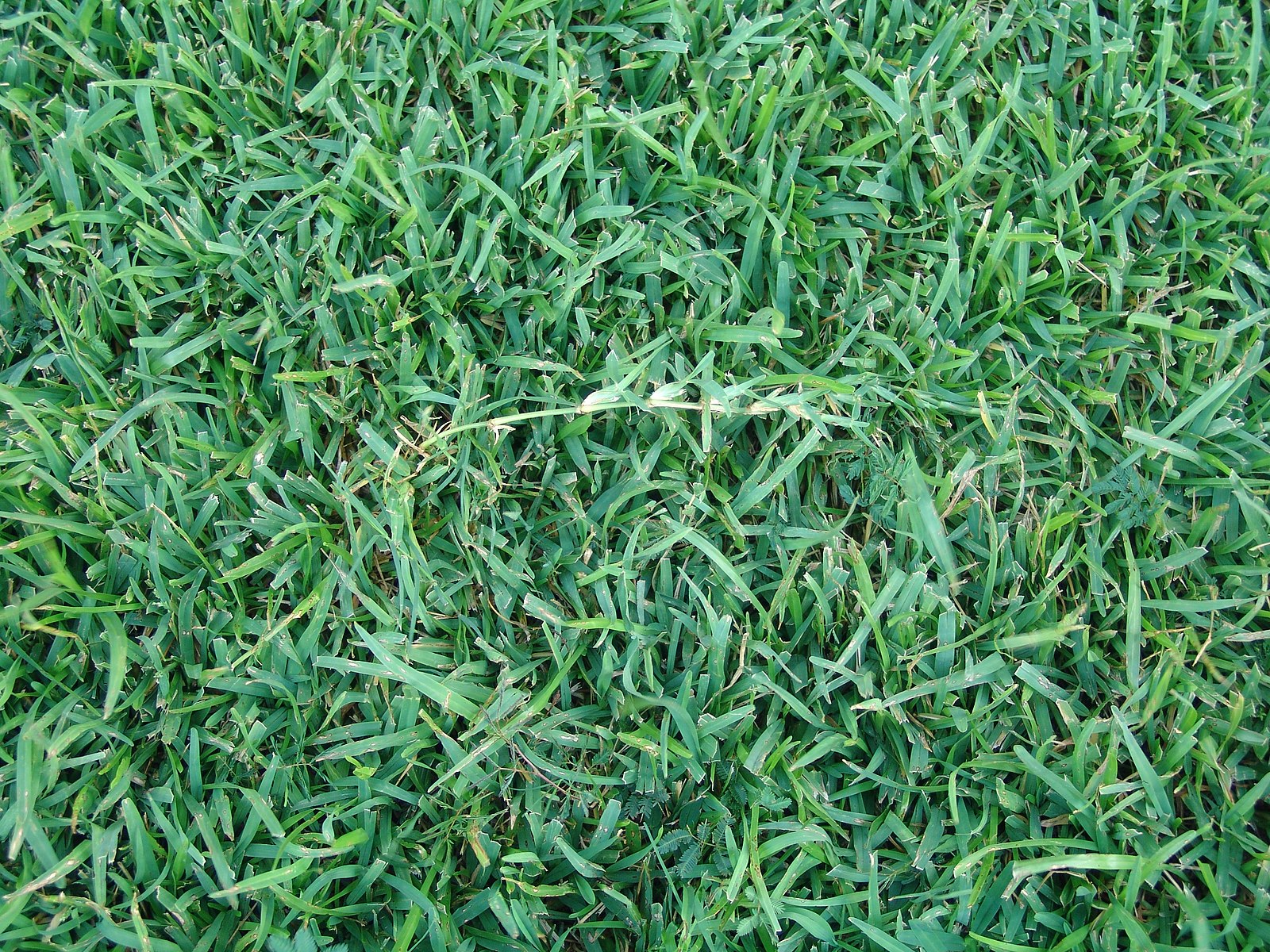 Photo Credit: Wikimedia Commons
Photo Credit: Wikimedia Commons
Unlike some other warm-season grasses, centipedegrass has no dormancy period, so it stays green during the winter instead of turning brown. However! Since it doesn’t go dormant and continues to grow, it cannot tolerate cold temperatures the way others can. A stretch of days below 5°F can kill it or cause severe damage.
- Color: Light green
- Shade Tolerance: Low to Moderate
- Drought Tolerance: Moderate
- Foot Traffic Tolerance: Low
- Spreads By: Above-ground stolons
- Recommended Mowing Height: 1 to 1 ½ inches
- Maintenance Needs: Low
Seashore Paspalum (Paspalum vaginatum)
Seashore paspalum is a unique warm-season grass similar in appearance and performance to Bermudagrass. It’s native to tropical and subtropical regions of the US and grows in dense colonies along coastal beaches and salt marsh margins. It thrives in wet, salty conditions and has good shade tolerance.
Homeowners also love it because it germinates and establishes quickly, stays greener longer when temperatures drop, and the waxy leaf coating offers great striping ability. If you like those beautiful, freshly mowed stripes in your lawn, it’s a great choice, especially if you struggle to grow grass because of salinity.
- Color: Medium to deep green
- Shade Tolerance: High
- Drought Tolerance: Low
- Foot traffic Tolerance: High
- Spreads By: Stolons and rhizomes
- Recommended Mowing Height: 1 to 2 inches
- Maintenance Needs: Moderate
St. Augustine Grass (Stenotaphrum secundatum)
St. Augustine grass is a favorite of homeowners in Florida and along the Gulf Coast, making it one of the most common lawn grasses in the South. It creates a dense, blue-green turf that is known for its ability to thrive in hot, humid climates.
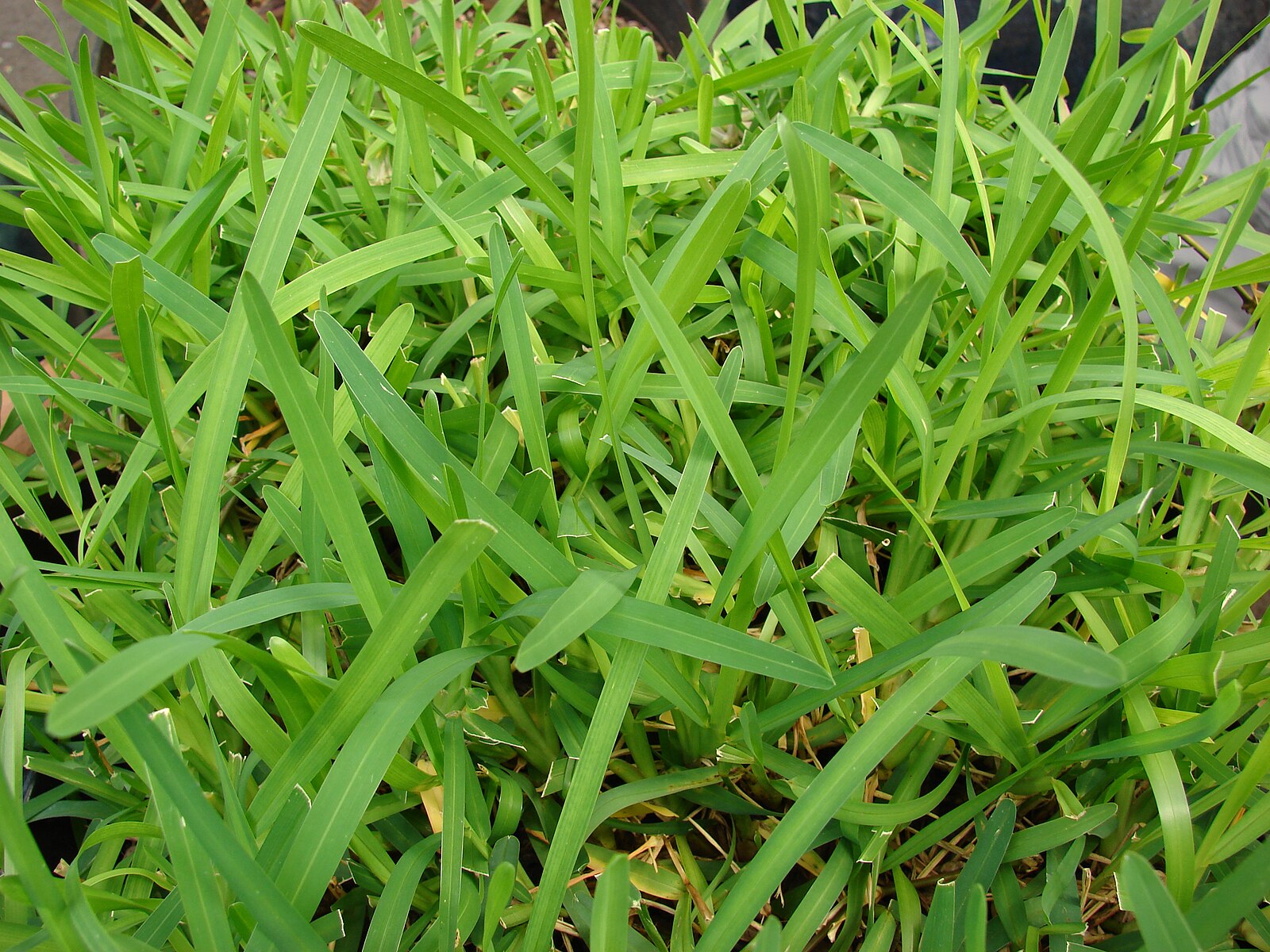 Photo Credit: Wikimedia Commons
Photo Credit: Wikimedia Commons
If you’re looking for grass that grows in sun and shade, you’re in luck! St. Augustine has some shade-tolerant cultivars that are useful in all yards.
Be forewarned, though. It takes a lot of time and effort to keep looking beautiful. You’ll need to spend many weekend afternoons mowing and fertilizing. Plus, you can only start a St. Augustine grass lawn using sod, grass plugs, or sprigs. On the upside, your new lawn will be established quickly!
- Color: Blue-green
- Shade Tolerance: High
- Drought Tolerance: High
- Foot Traffic Tolerance: Moderate
- Spreads By: Above-ground stolons
- Recommended Mowing Height: 2 to 3 inches
- Maintenance Needs: High
Zoysiagrass (Zoysia japonica)
Zoysiagrass creates a dense, light green lawn with excellent cold tolerance. It also has decent salt, shade, and foot-traffic tolerance. It is one of the most cold-hardy warm-season grasses, increasing its popularity through the transition zone.
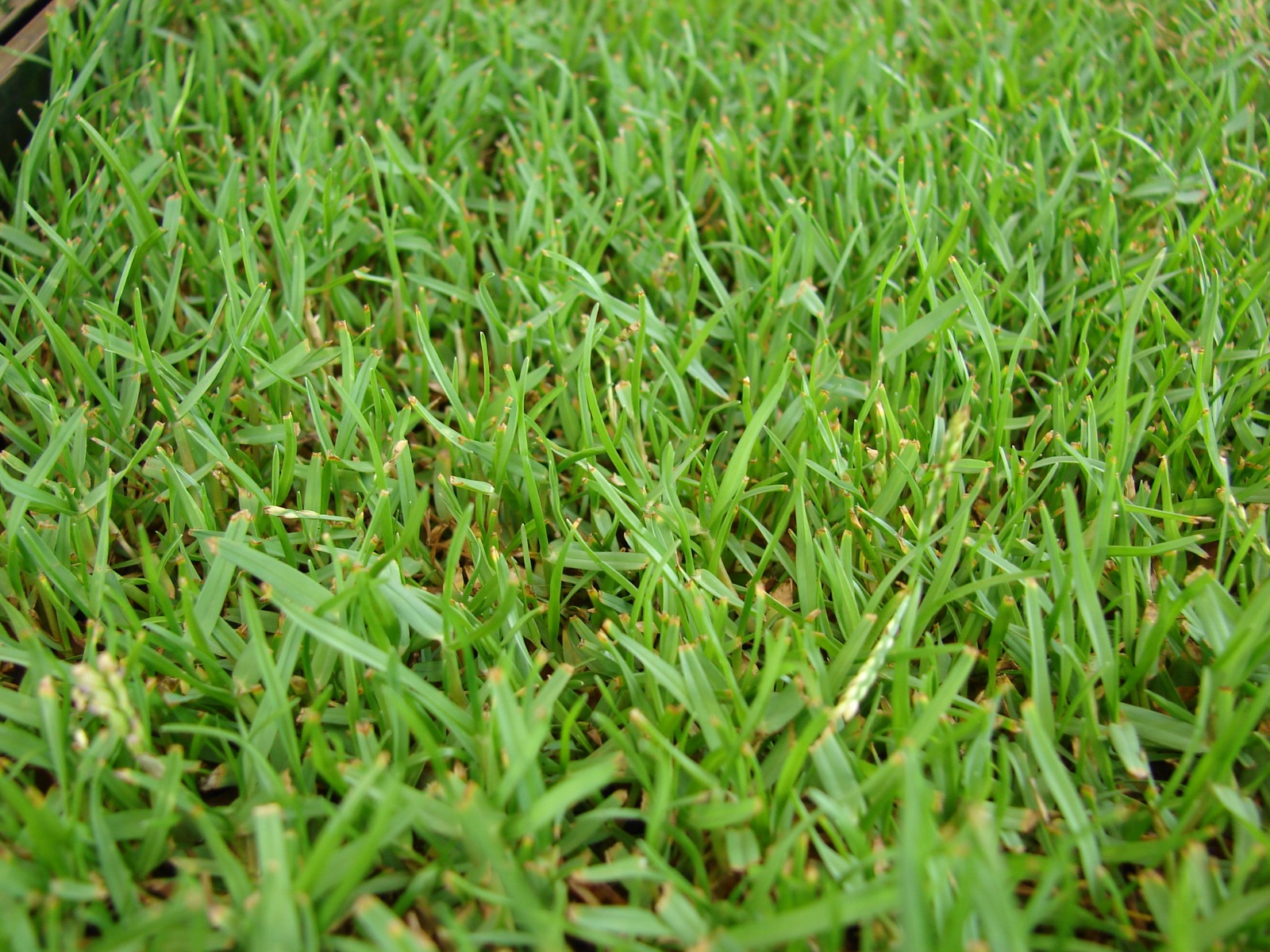 Photo Credit: Flick | Forest and Kim Starr | CC BY 2.0
Photo Credit: Flick | Forest and Kim Starr | CC BY 2.0
Since it regenerates by both rhizomes and stolons, it’s a great grass if your family loves playing games or entertaining in the yard. Zoysia stays green during short bouts of drought but will go dormant if dry conditions persist. However, it greens back up quickly when it gets water again.
One disadvantage of Zoysiagrass is that it develops thatch quickly, so it must be dethatched or power-raked every year or two.
- Color: Light green
- Shade Tolerance: Moderate
- Drought Tolerance: High
- Foot Traffic Tolerance: High
- Spreads By: Rhizomes and stolons
- Recommended Mowing Height: 1 to 2 inches
- Maintenance Needs: High
Deer Creek Seed is Here to Help
Choosing between warm and cool-season grasses and picking an individual type best suited for your yard can be daunting. We get it! If you need help picking out a grass seed, contact our experts.
Our purpose at Deer Creek Seed is to provide the highest quality seed suited to your needs at competitive prices, with exceptional customer service. Our staff works diligently to serve our customers.
Additional Resources
For more information on the warm-season grasses in this article, check out:
- University of Maryland Extension’s guide to Planting and Maintaining a Zoysia Lawn.
- Bahiasgrass for Florida Lawns by the University of Florida IFAS Extension.
- Bermudagrass from the NC State Extension.
- Home Lawns: Centipedegrass through Alabama A&M and Auburn Universities.
- University of California Agriculture & Natural Resources Guide to Healthy Lawns -- Seashore Paspalum.
- Maintaining St. Augustine Lawns by Texas Agricultural Extension Service.



